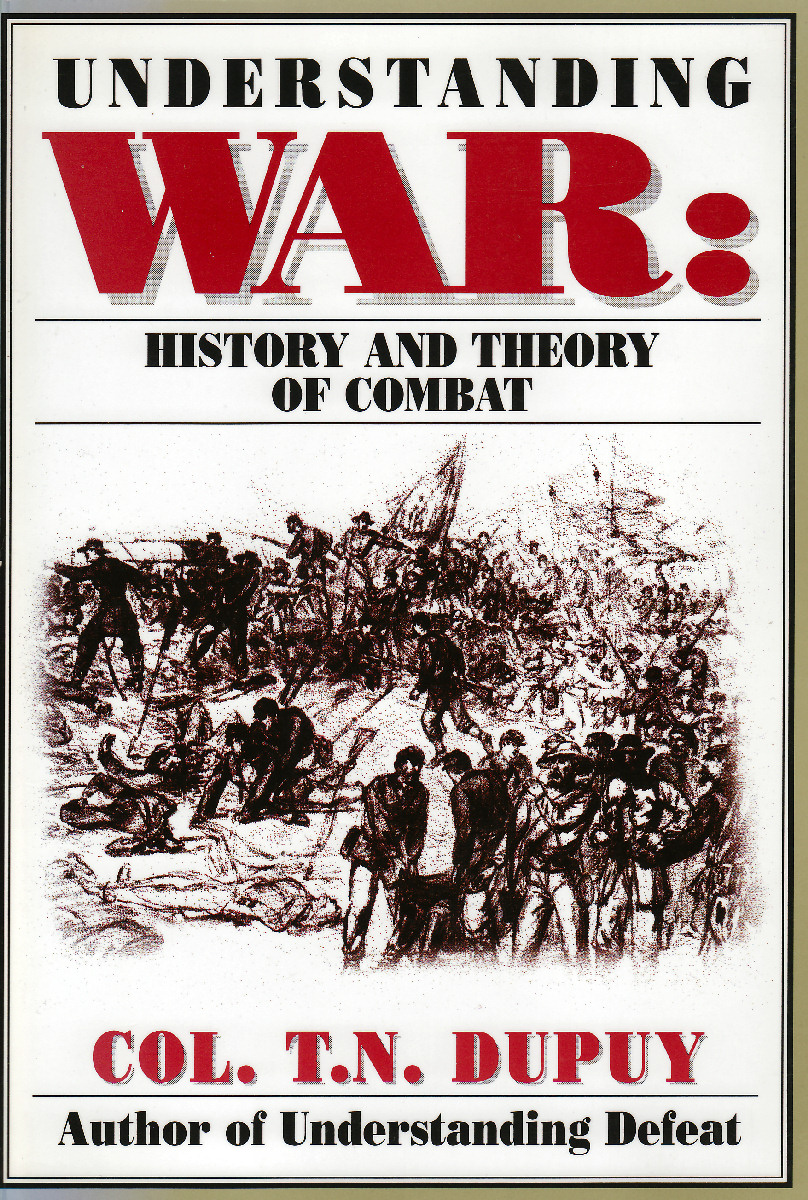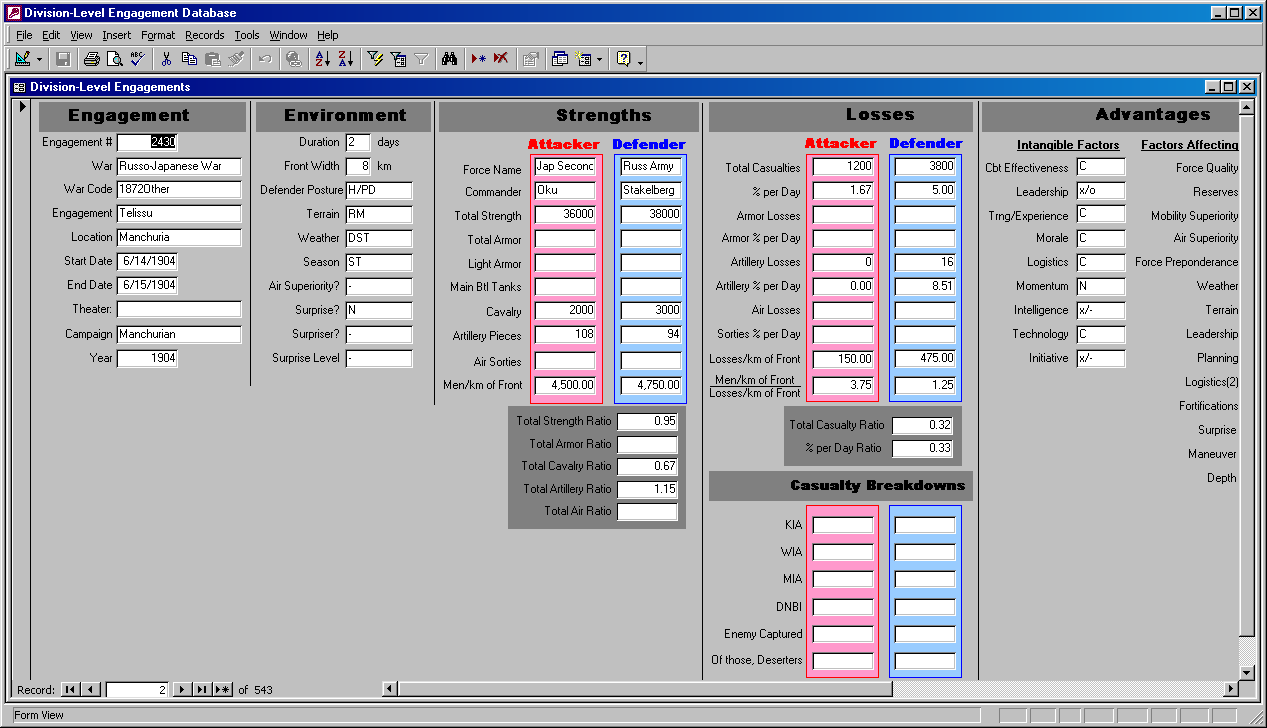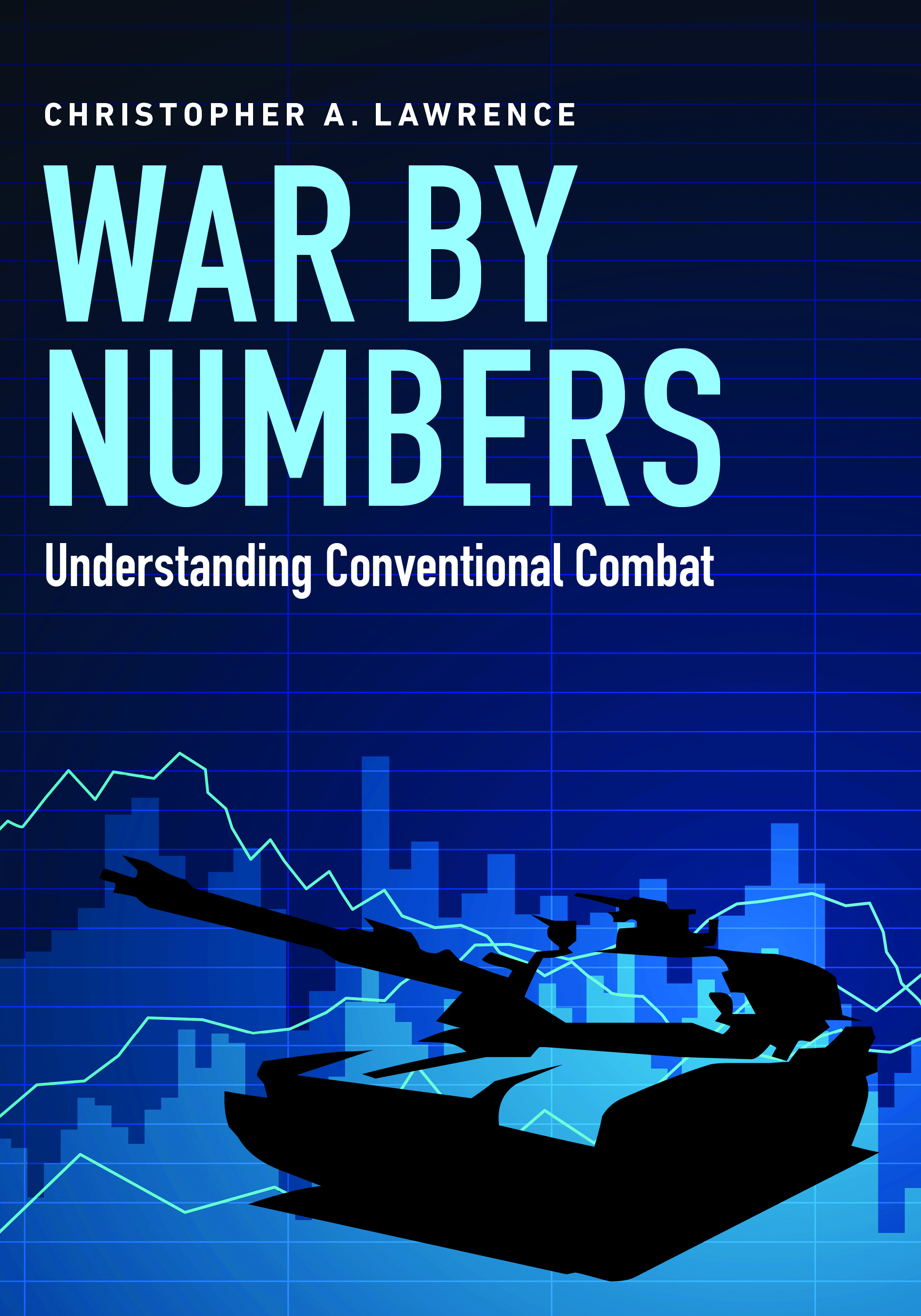What are the U.S. Armed Forces’ potential conventional warfare missions? Is conventional warfare gone, leaving the U.S. Army conducting special ops, training, coordinating air and drone strikes, providing counterinsurgency support, and generally just kicking down doors?
Well, there are still a few potential conventional warfare scenarios out there, even if they have a low probability of occurring:
- Korea: We still have the majority of the 2nd Infantry Division deployed in Korea as a reserve force for the Republic of Korea (ROK) Army. If a war blows up in Korea, then we are immediately right in the middle of a conventional war. It is 1950 all over again. Amid all the “fire and fury” type comments, I do consider this to be a low odds of occurring. Still, it is one conventional warfare mission that has existed since 1950 and does not appear to be going away.
- Taiwan: I don’t think China is going to invade Taiwan (their third largest trading partner), but stranger things have happened. I believe we are informally committed to defend Taiwan if this happens. We have no ground troops there.
- Ukraine: We have no commitment to defend Ukraine. On the other hand, if Russia rolls across the border with tanks and is heading towards Kiev, then we may decide we need to intervene. Exactly with what forces we would use is a question, but this is potentially a mission in the future. I don’t think it is likely. If Russia was going to conduct a conventional invasion of Ukraine, it would have done so in 2014.
- Baltic States: On the other hand, we do have a commitment to defend the three Baltic States (Latvia, Lithuania and Estonia). They are members of NATO. Right now, with the forces currently in place, a Russian conventional invasion would sweep over these three countries in a matter of days. Then what? The U.S. would be challenged to be able to quickly move a single armored or mechanized division there, let alone the several divisions it would probably take to re-claim them. We currently are not defending them and do not have the ability to quickly re-take them. That said, the odds of Russia doing this is very, very close to zero, because they do end up in a war with 29 nations. This is probably not the best use of their time.
- Belarus: On the other hand, I don’t rule out tanks rolling into Belarus at some point in the future. Lukashenko, the Belarus dictator, is 63 years old, and these guys don’t live forever. Once he is gone, will Belorus undergo a calm transition of power to a new president (for life)….or does Russia take this opportunity to reclaim Belarus? Unlike Ukraine, there is not a strong nationalist group that is clearly ready to fight off any Russian invaders. If Russia did decide to take Belarus (probably making sure they were invited, like they were in Afghanistan in 1979), is there anything we could do about it? How concerned would we be about it?
- Georgia: Russian already had a five day war with Georgia in 2008. Russia probably could have overrun Georgia if they wanted to. They probably can now. It is a very small country and geographically isolated from NATO. I don’t rule out it becoming a battlefield in the future. Not sure what the United States could do about it.
- Iran: While I don’t think that the U.S. will ever invade Iran, I would have said the same thing about Iraq in 2000. Of course, Iran is a country with a population more more than twice that of Iraq. Invading Iraq in 2003 led to lots of long-term complications. Invading Iran might get even more difficult.
- The mission not yet named: The last 30 years are notable in that the United States has been dragged into three major wars rather suddenly. At the beginning of 1990, I don’t recall any defense analyst saying the United States was about to enter into a war with Iraq for the sake of saving Kuwait (who we had no alliance with). Yet, less than a year later, this is exactly what we did, and it was done with a large conventional force of nine deployed U.S. divisions. In 2000, I don’t recall too many defense analysts saying that we would soon be invading Afghanistan and Iraq. These missions came rather suddenly. So, one must always assume that there is a possible conventional mission at any time in any place. It has happened twice in the last 30 years. These are hard to plan for and to structure forces for, yet there is clearly a need for a mobile conventional force just in case.
Anyhow, that list appears to cover the possible conventional warfare missions for the United States right now. The one with the highest probability of occurring is “the mission not yet named.” There are many other flash points in the world, but most of them are not ones that would attract American conventional ground forces. Still, as shown by Kuwait in 1990 and Iraq in 2003, we can end up involved in a conventional conflict with very little notice. This is a far cry from the days of the Cold War when the Soviet Union and Warsaw Pact were lined up along the border of Germany. The future ain’t what it used to be, to borrow a quote.





